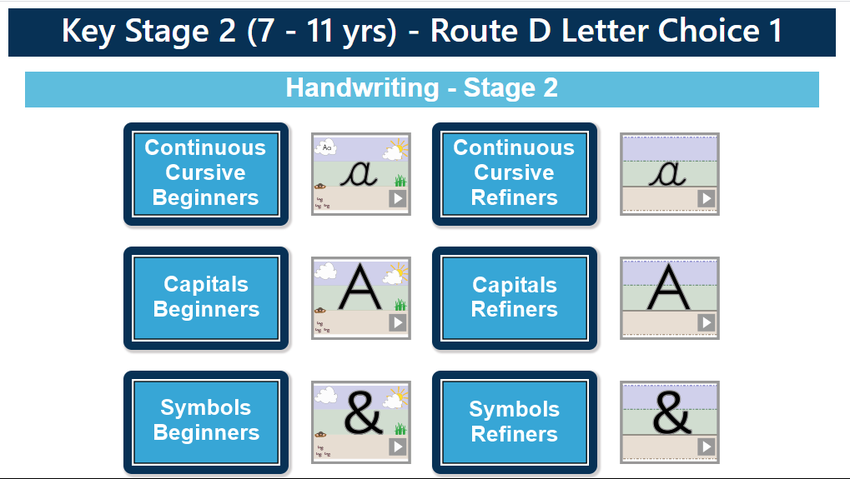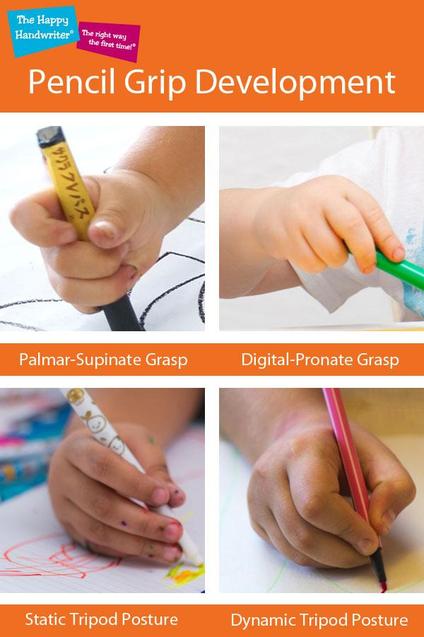Writing

At Templars, we teach children to write using cursive handwriting to meet the requirements of the National Curriculum. In Reception, children begin by learning to print letters and phonemes. In Key Stage 1, throughout Years 1 & 2, children begin to use the diagonal strokes to form letters to prepare them to join which many children achieve successfully by the end of Year 2. In Key Stage 2 (Years 3,4, 5 & 6) children refine their joined writing to develop legibility, speed and stamina.
We use the resources from www.teachhandwriting.co.uk throughout the school. Their animations show clearly the correct start point, end point and direction of strokes for each letter and how to join different combinations of letters together. The children become very familiar with these resources at school and these can easily be used at home too. We use the scheme called Route D, Letter Choice 1 on the website.
https://teachhandwriting.co.uk/route-d-letter-choice-1-ks2.html
Strategies to use for handwriting practice at home:
-Messy play- use sugar, salt, flour, sand, shaving cream or anything else and allow your child to write with their finger or other tool to carve out the letter shapes in the material. Writing on a bigger scale allows your child to accurately make the shapes more easily. The practical element also allows the child to feel the shape of the letters.
-Air writing
-Whiteboards and pens- these allow children to make mistakes and edit them quickly without feeling they have "messed up" their work
-'Hand over hand'- hold the pencil yourself and ask the child to hold on to your hand so they can feel the movement
Pencil Grips


Holding a pencil correctly is an important skill for children's development. We will support your child during their year in Reception to be able to write using a Dynamic Tripod Grip. The most important thing about this grip is that it becomes habit for your child. Keep an eye on their grip at home and try to correct it as much as possible. It is easier for children to establish habits when they are young so model the correct grip to your child through your own writing too.
There are many grips that you can buy to encourage the correct grip if your child struggles to hold a writing tool in this way naturally. However, it is always important that the child is comfortable so although we encourage the correction of the grip, some children may always write in a slightly adjusted position that suits them.
